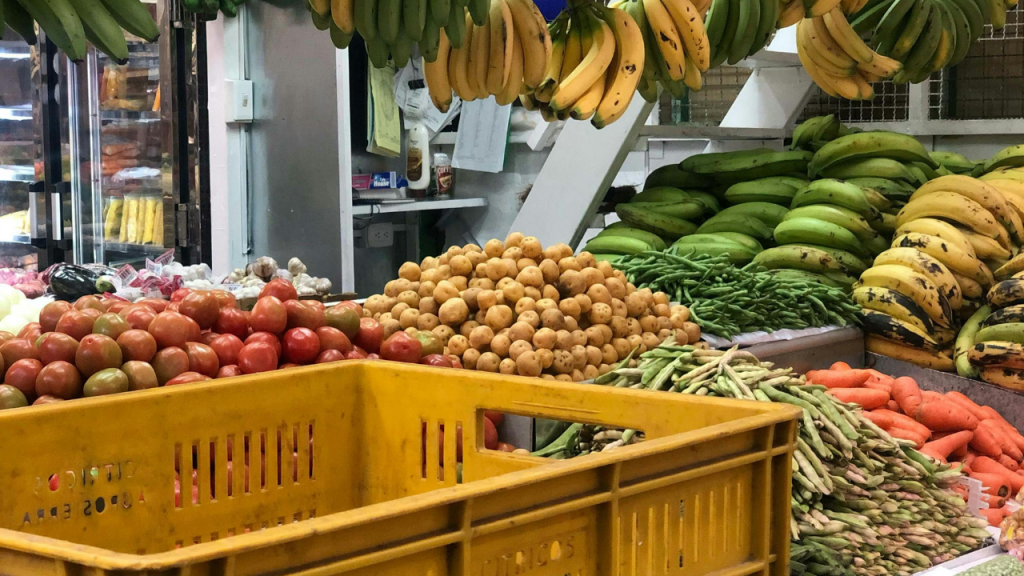We’ve all had those moments where we throw out our brown bananas thinking they have reached their expiration date. Or we resort to not purchasing green bananas under the belief that they are not ready for consumption.
In essence, bananas are consumable at any of the 5 stages of their life cycle and potentially have benefits that aid to certain health concerns from constipation to blood pressure.
Below we describe the 5 life cycles of bananas and the potential health benefits they have at each stage:
Underripe:
Dark green bananas in its firm state are unappealing for most people due to its tough hold. Underripe bananas have an approximate 1–4-day life cycle and have a higher fibre dose than ripe ones. This is due to resistant starch, a starch that is not able to be digested in the small intestine but is rather digested in the colon where it undergoes a process of fermentation.
Underripe bananas can aid in bowel movement interruptions such as diarrhea or constipation. It could also help with gut health and improve the body’s blood sugar levels.
Partially ripe:
Partially ripe bananas still have a firm consistency but have evolved to a pale-yellow colour. This life cycle usually lasts about 1-3 days. Partially ripe bananas are not only extremely high in fibre , but they also contain prebiotic properties. Prebiotic fibre properties help with the growth of good bacteria promoting gut health.
Ripe:
Ripe bananas are by far a favourite when it comes to preferences. They are easier to peel and even more appealing to the eye in their yellow excellence. The life cycle of yellow bananas ranges between 1-3 days. They are starchy and sweet, giving their consumers the perfect consistency.
Ripe bananas have micronutrients giving amazing benefits, especially in terms of antioxidants. They are also rich in potassium which helps with blood pressure and can prevent certain heart problems.
Extra ripe:
Extra ripe bananas are like ripe ones. They are yellow in colour with brown spots on them. Extra ripe bananas will feel soft and have a sweeter flavour to them.
At this stage of the bananas’ life cycle, there is a decrease in resistant starch, but they are still very rich in antioxidants. These types of bananas are great to include in breakfast dishes from yoghurt and granola to smoothies. Their sweet consistency will not disappoint.
Overly ripe:
Overly ripe bananas are the sweetest out of the bunch. With their brown appearance, many people are more likely to throw them out thinking they are expired. However, overly ripe bananas are a great replacement for saturated fats, like butter, if you have run out of the usual stock. The sweetness makes them perfect for a spongy banana loaf.
Which life cycle is the best to consume?
The reality is that when choosing which banana to eat it is purely based on personal preference. Whichever stage at which the banana is consumed will have certain benefits from partially ripe to overly ripe. The yellow joy will never disappoint.
ALSO SEE:10 Recipes you can make with bananas (other than banana bread)
10 Recipes you can make with bananas (other than banana bread)
Feature image: Pexels

